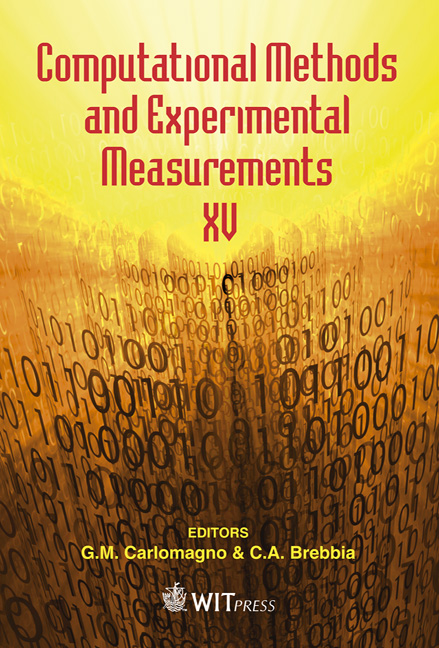Wicking Process In A Capillary Tube: A New Zero-order Asymptotic Solution
Price
Free (open access)
Transaction
Volume
51
Pages
12
Page Range
229 - 240
Published
2011
Size
468 kb
Paper DOI
10.2495/CMEM110211
Copyright
WIT Press
Author(s)
O. Bautista, F. Méndez & E. Bautista
Abstract
In this work, we have theoretically re-visited the capillary rise process into a circular tube for very short time scales, retaining in this manner, the physical influence of the inertial effects. We use the boundary-layer technique or matched asymptotic expansion procedure in order to treat this singular problem by identifying two appropriate time scales: one short time scale related with inertial effects,σ, and the other, τ, the large scale which is basically associated with imbibition effects. Considering that the well-known Washburn’s law was derived by neglecting the inertial effects, the corresponding solution has a singular behavior for short times, which is reflected by an infinite mass flow rate. Then, for this purpose we derive a zero-order solution which is enough to avoid the singular behavior of the solution. In this manner, the Washburn’s solution represents only the external solution only valid for the large time scale τ. The above analytical result is compared with a numerical solution including the case when the contact angle between the meniscus and the inner surface of the capillary tube becomes a dynamic contact angle. On the other hand, the presence of inertial effects can induce oscillations of the imbibition front which are controlled by the dynamic contact angle. Therefore, in the present work we predict a global asymptotic formula for the temporal evolution of the height of the liquid. In order to show the importance of the inertial terms, we present this evolution for different values of the dimensionless parameters involved in the analysis. Keywords: wicking process, inertial effects, singular perturbation, matched asymptotic expansions.
Keywords
wicking process, inertial effects, singular perturbation, matched asymptotic expansions





